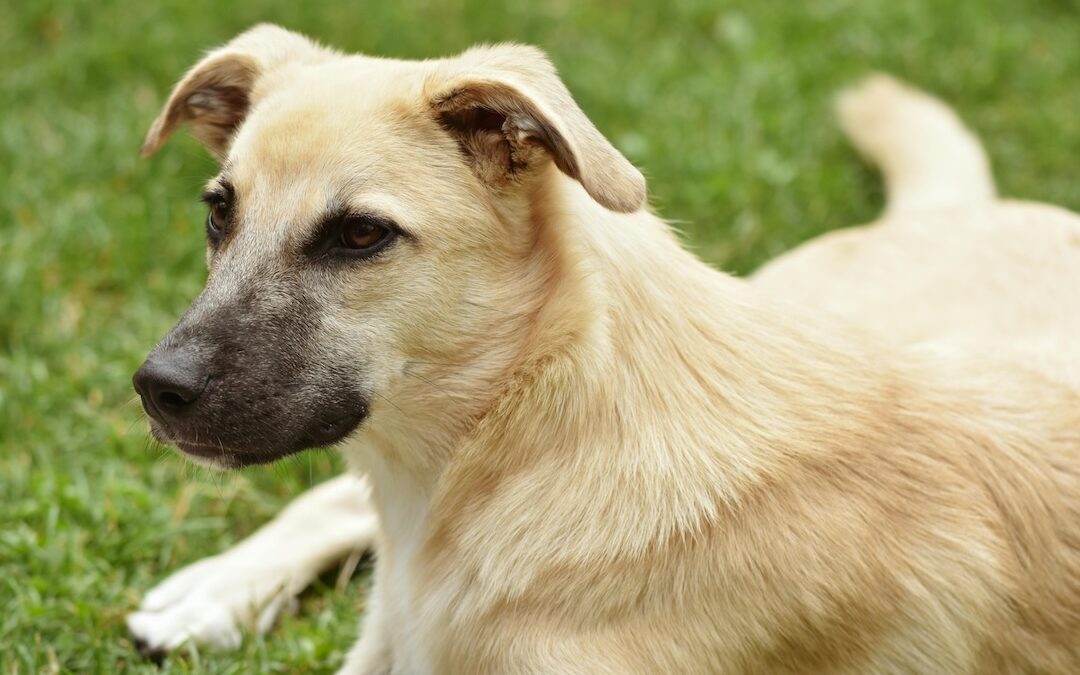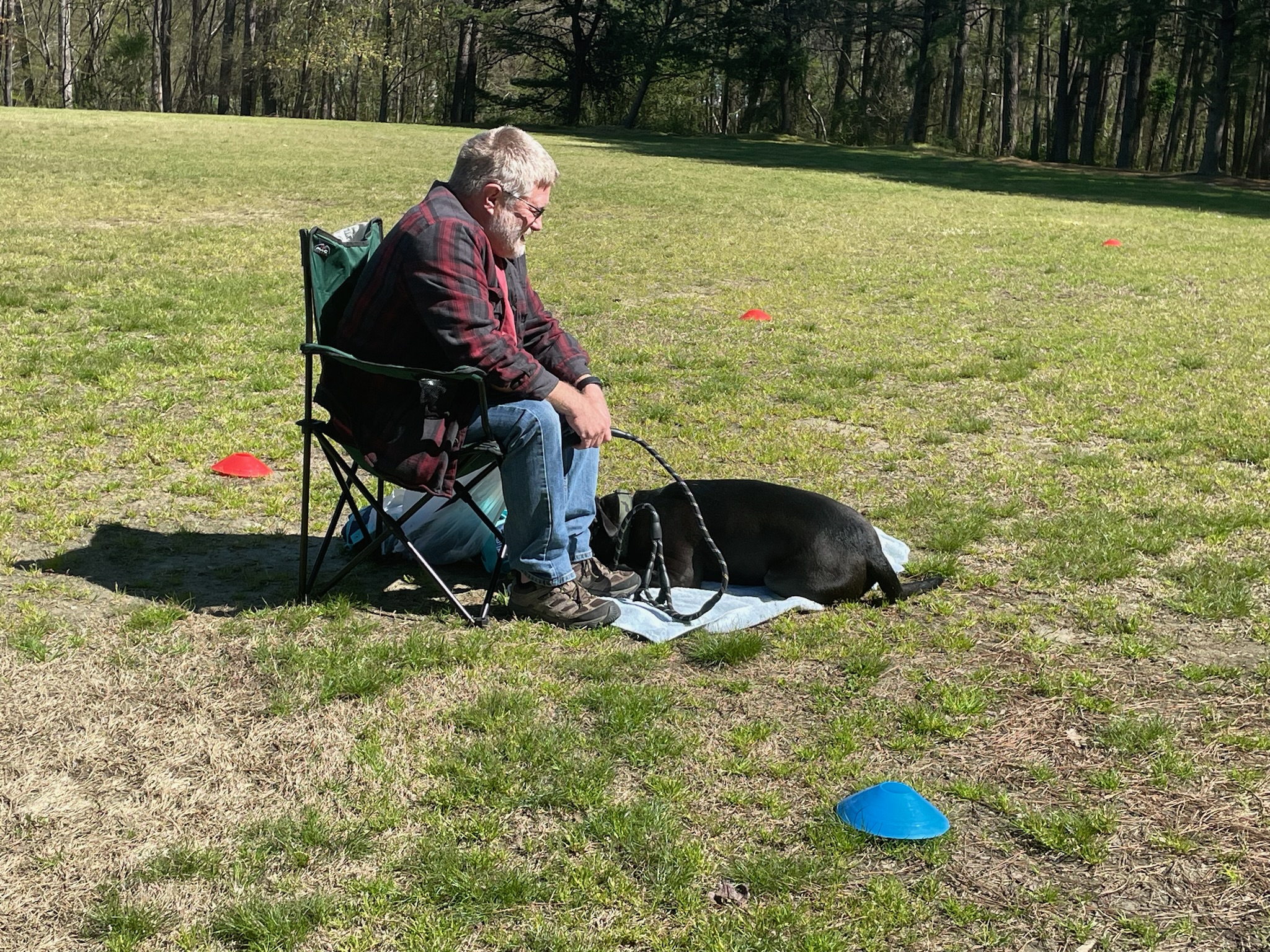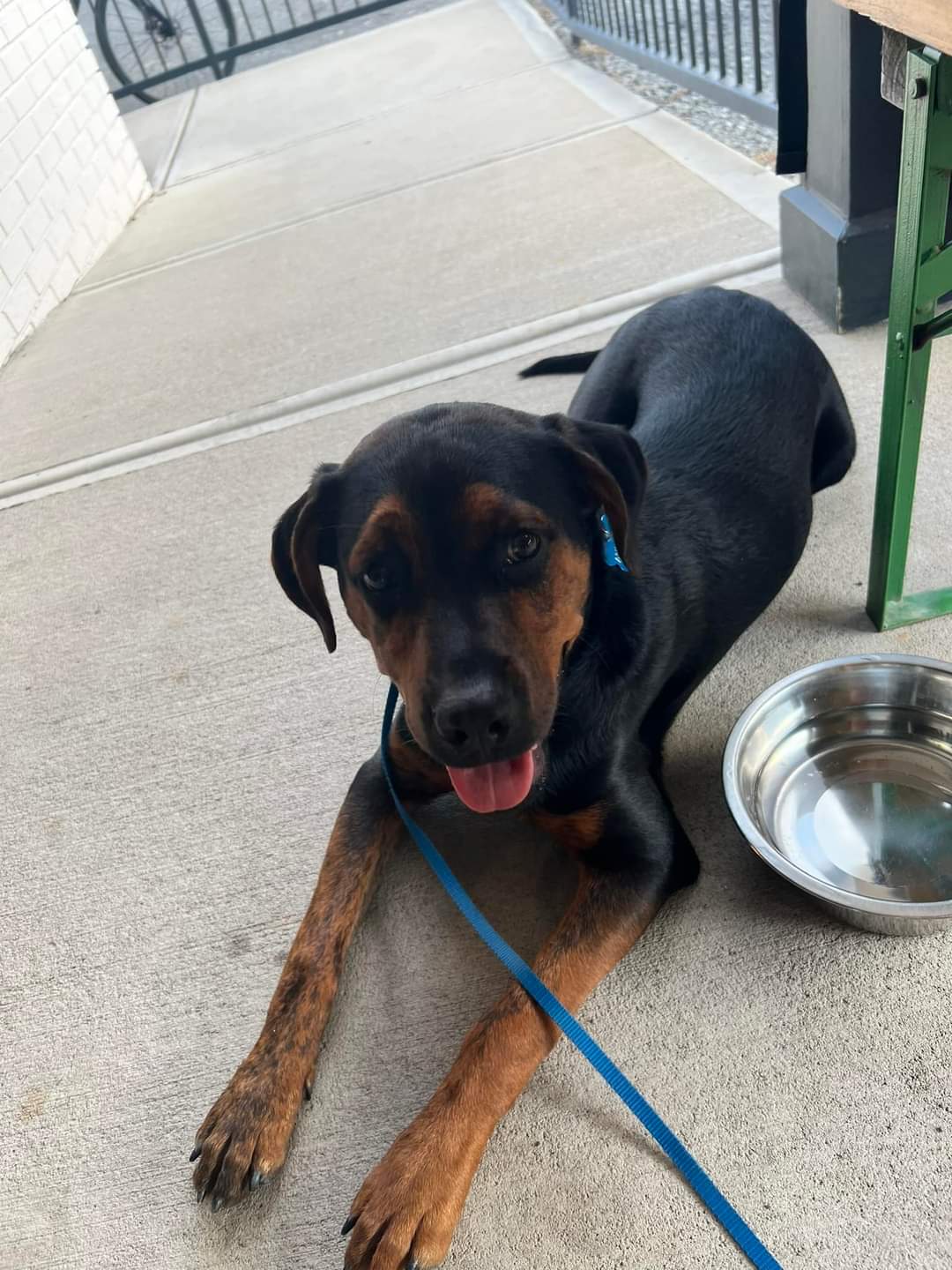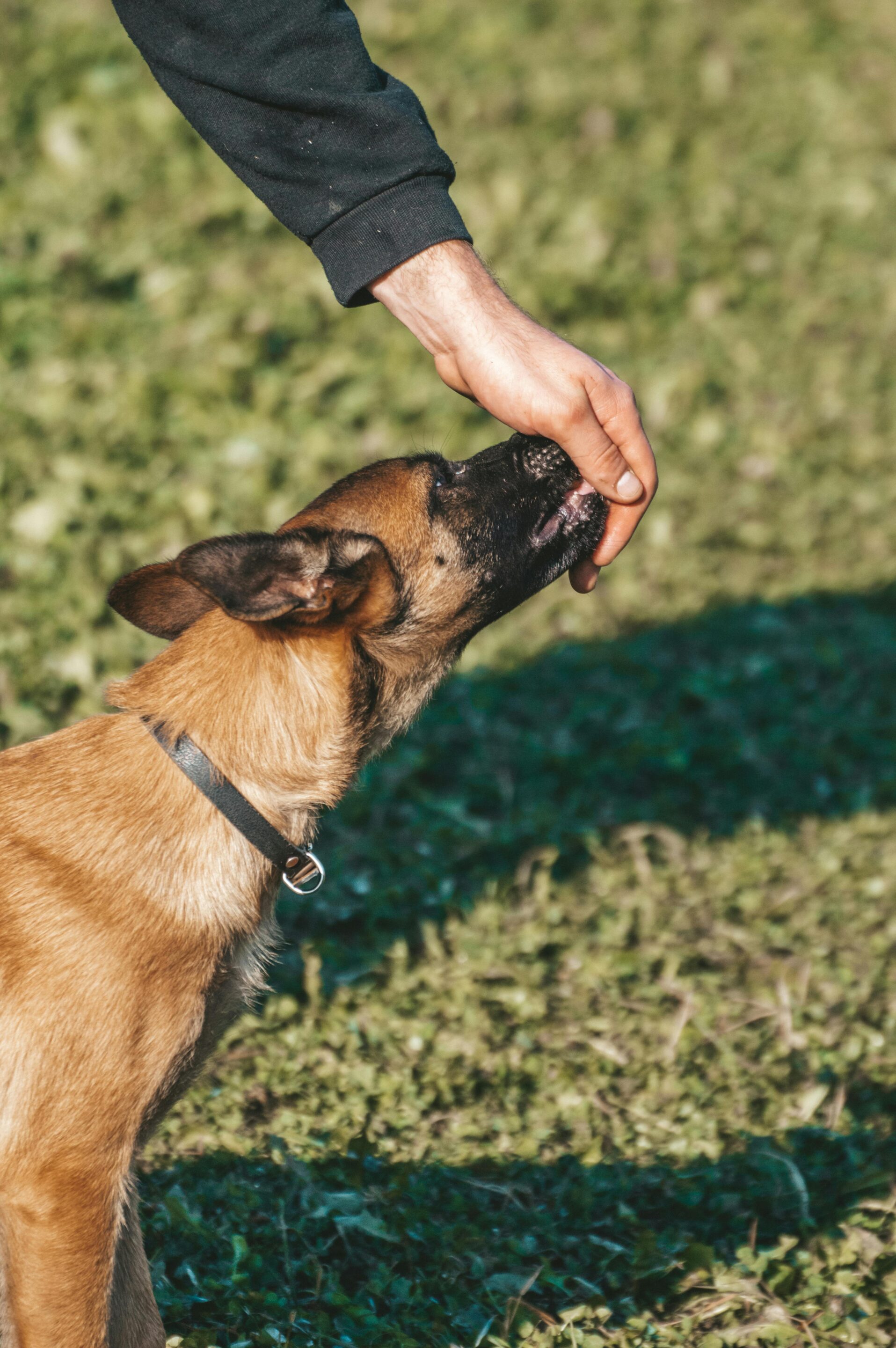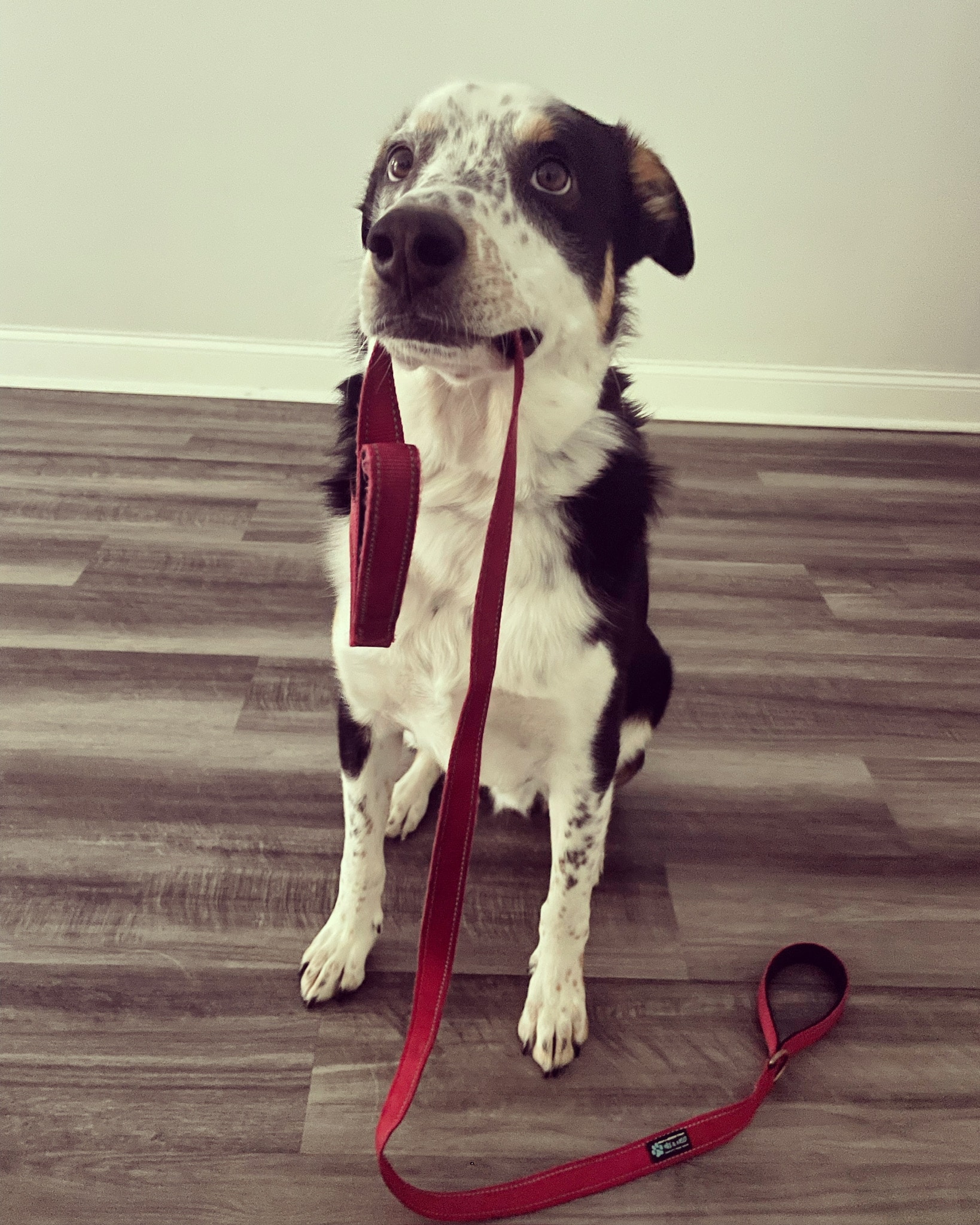If your dog barks, lunges, or becomes overwhelmed around other dogs, people, or distractions, you’re not alone. Reactivity is one of the most common concerns among dog owners. Fortunately, there’s a practical path to resolution—one that doesn’t rely on quick fixes, but instead builds lasting skills and communication between you and your dog. In this blog, we’ll explore the foundation for effective behavior modification through three essential tools: the down-stay command, leash skills, and your dog’s focus on you. Together, these create a framework of predictability, safety, and trust that helps dogs regain emotional control and owners regain confidence.
What is the Down-Stay Command?
The down-stay command asks your dog to lie down and remain in that position until released. While it may seem like just another basic obedience cue, its value in behavior modification runs much deeper. Down-stay creates a structured pause, giving a reactive dog a chance to settle and process the environment without being tasked with decision-making.
More than anything, down-stay teaches impulse control and patience. For reactive dogs, those two skills are often underdeveloped. Practicing down-stay regularly—especially around mild distractions—trains the dog’s brain to pause instead of react.
How to Teach Down-Stay
There are two primary methods to teach this behavior: luring and capturing.
Luring with a Treat:
This method involves using a food lure to guide your dog into the down position. Hold a treat at your dog’s nose, then slowly lower it to the ground and move it slightly forward between the paws. When your dog follows and drops into a down, reward immediately and mark with a word like “yes” or a clicker.
Capturing Offered Behavior:
Alternatively, wait for your dog to lie down on their own. The moment they do, calmly mark and reward. This teaches the dog that lying down of their own accord is a valuable choice.
Both approaches work, but luring is often faster for new learners. Capturing is great for reinforcing thoughtful, voluntary behaviors once your dog has a general understanding of the down position.
How the “Down” Command Changes Your Dog’s Brain
The physical posture of a down signals the brain to relax. Unlike standing or pacing, a lying-down dog is less primed for action. The act of lying down naturally reduces the dog’s arousal level, especially when combined with stillness and time. It also makes it harder for the dog to launch into a reactive response, giving you time to redirect or de-escalate a situation.
Down-stay also provides a “placeholder” for the dog’s brain. It’s easier for a dog to stay in a down when they know exactly what’s expected of them, versus being left to guess or problem-solve in a moment of stress.
What Are Leash Skills?
Good leash skills go beyond simply not pulling. At their core, they teach your dog how to move with you and respond to gentle guidance. The leash should be a communication tool, not a restraint.
Start with a Leash Lock:
Hold the leash with both hands, anchoring one hand to your belly button like a seatbelt. This leash lock gives you stability, minimizes movement, and keeps your dog’s world small and predictable during training.
Understanding Leash Pressure:
When a dog hits the end of the leash, most instinctively pull harder. But with thoughtful training, leash pressure becomes a signal: Come back to me. Teaching your dog to yield to that pressure—by turning toward you instead of forging ahead—reinforces calm, connected walking.
Teaching Your Dog to Return on Leash Pressure
Every time your dog feels the leash tighten and turns back to you, mark the behavior (“yes!”) and reward generously. Over time, your dog learns that staying near you—or checking in after feeling that pressure—pays off. This redirection skill is especially important for reactive dogs who need an alternative behavior when their emotions start to rise.
Think of leash pressure like a tap on the shoulder: “Hey, I’m over here.” Your dog learning to listen to that tap is a game-changer for walks in busy or unpredictable environments.
Becoming the Center of Your Dog’s World
Ultimately, resolving reactivity isn’t just about control—it’s about connection. A dog who wants to engage with you, who finds joy and safety in your presence, is far less likely to react to the world around them.
Here’s how to build that connection:
-
Make yourself valuable: Use high-value treats, toys, or affection to reward attention and cooperation.
-
Reinforce engagement: Reward eye contact, following your lead, and returning after a distraction.
-
Play training games: Games like “find it,” “treat and turn,” or “look at that” turn everyday training into partnership.
When your dog sees you as the answer to uncertainty, they’ll stop looking to the environment to make decisions—and start looking to you.
Not sure where to begin?
If you’re feeling overwhelmed or unsure how to start building these skills with your dog, you’re not alone—and you don’t have to figure it out by yourself. Our professional trainers are here to guide you through the process with hands-on support, clear instruction, and a customized approach that fits your dog’s unique needs.Reach out today to schedule your first session and take the first step toward a calmer, more connected relationship with your dog.
📍 Serving North Carolina – Charlotte, Winston-Salem, Greensboro, Chapel Hill, Durham, Raleigh, Clayton, New Bern, and Wilmington!
Contact Us
Dog Training | Puppy Training | Obedience Training
Whether you are seeking a dog trainer, needing a simple dog training tip, or researching various dog training techniques, Sally Said So Professional Dog Training can meet your needs. We have a team of dog trainers across North Carolina ready to come help you in their convenience of your home. We have an active blog geared towards dog training knowledge and tips that you actually want. We offer the leading dog training techniques in our industry – combining the power of positive reinforcement with top notch behavior modification. Our training services are extensive – offering private dog training sessions, group classes, and refresher sessions so you can rest assured knowing that your dog will be covered for life.
Need something more advanced? We offer service dog training and therapy dog training services.
Want your dog to earn its Canine Good Citizen Award? We can do that, too!

